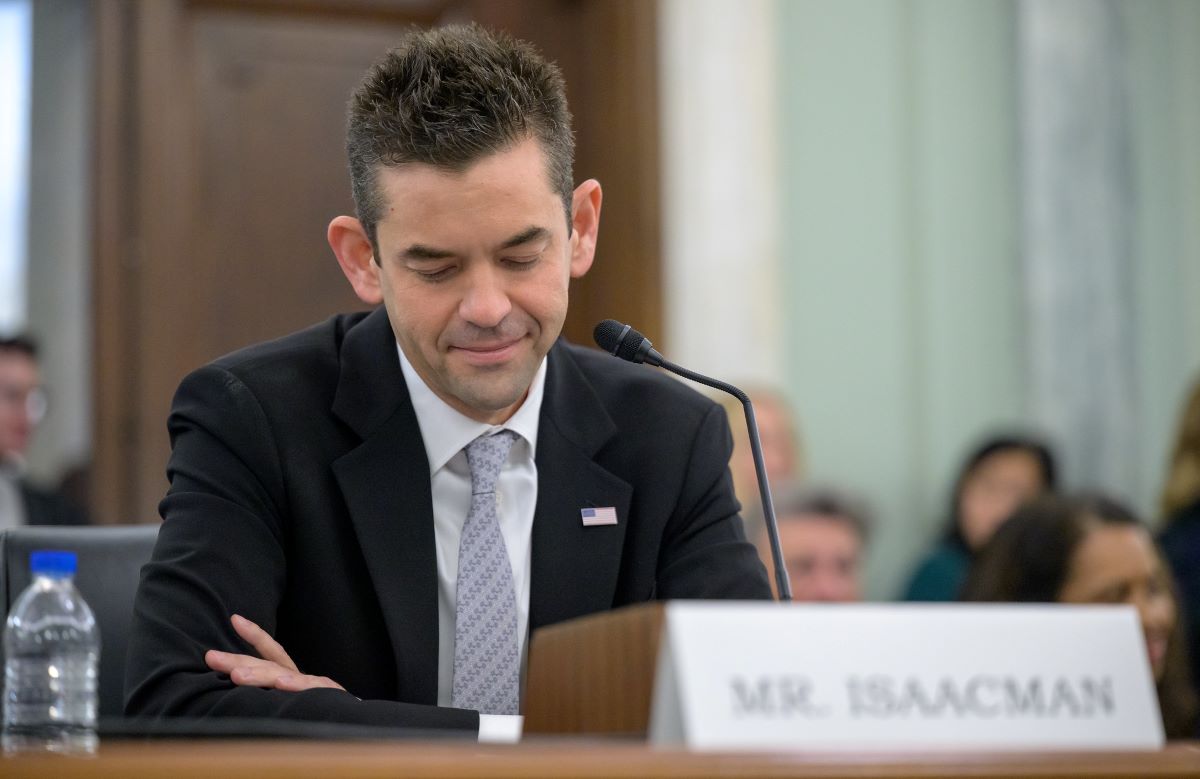 (Photo: Washington Post)
(Photo: Washington Post)Robert Menendez (D-NJ), a senior member of the Senate Banking Committee, began his hearing on transit today by displaying the above cartoon by Pulitzer prize-winner Tom Toles. The senator's message parallels Toles': In a world where the auto industry can get $2 billion more in one week, what's to be done about rail's $50 billion backlog?
Menendez, whose state is one of only four in the nation where 10 percent of commuters take transit, said lawmakers should weigh emergency spending authority for the Federal Transit Administration (FTA) to help local agencies pay for equipment repair needs that are estimated at $50 billion -- for the top seven urban rail networks alone.
But given the difficulty of wrestling transit's long-term share of federal money past the 20 percent mark, winning emergency funds for rail would be a very heavy political lift. So FTA chief Peter Rogoff focused on the more achievable question of how to best spend Washington's $5 billion-plus budget for transit modernization.
"The current formula" for distributing that money, Rogoff acknowledged, "is a bit of a hodgepodge. It's hard to define what the strategic goal of it is."
Complicating the issue, he added, is that everyone agrees transit agencies are falling far behind on keeping their equipment in what the FTA calls "state of good repair," but few parties agree on how to actually define that term.
The U.S. DOT is currently completing a more in-depth study of transit modernization needs that aims to single out repair needs linked to passenger safety, with findings expected early in the fall. Rail safety has taken on new urgency in Congress in the wake of the D.C. Metro's fatal crash in June.
Yet looking only at safety risks undercutting transit agencies' ability to serve ridership that is hitting record highs. Fixing escalators and crumbling train platforms "might not be viewed
as safety-critical," Rogoff said, "but it can move people out of transit and back to highways," thus further clogging the nation's already taxed roads.
One thing that Menendez, Rogoff, and transit officials from four states agreed on was the need to avoid penalizing agencies making progress on repair with less federal money. In fact, New Jersey Transit was singled out by the FTA in May for properly supporting its equipment health.
How did the state get its transit into top shape? It was simple as formulating a workable long-term funding plan, NJ Transit executive director Richard Sarles testified before Menendez.
Given the Capitol's current focus on short-term stimulus, however, that task is far more challenging than it might seem.





